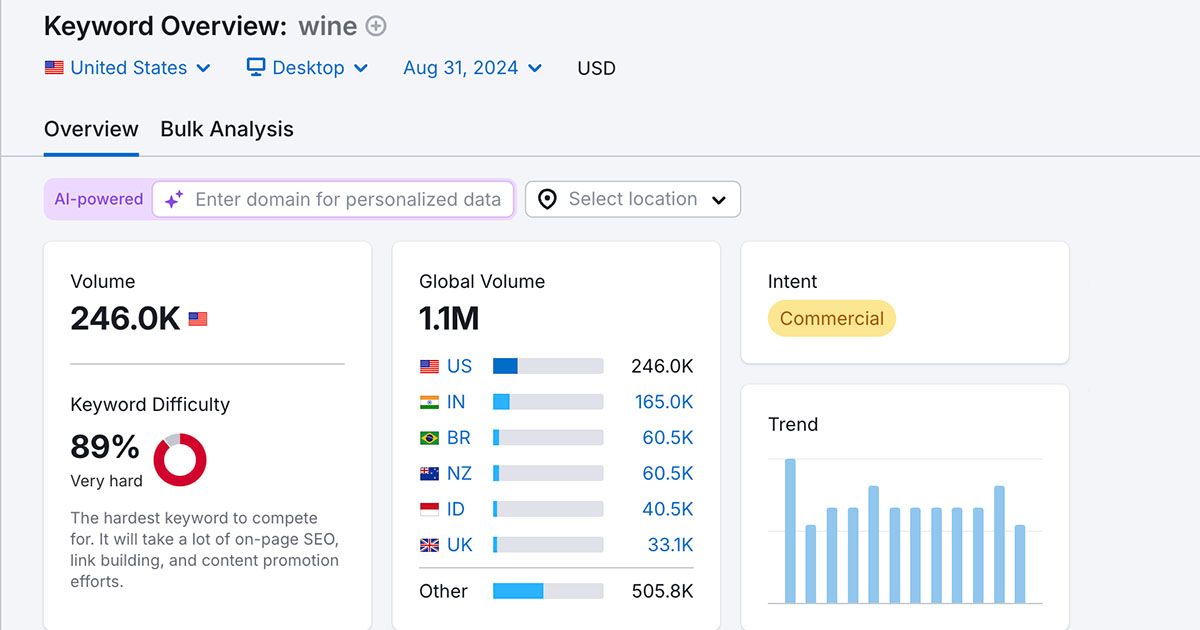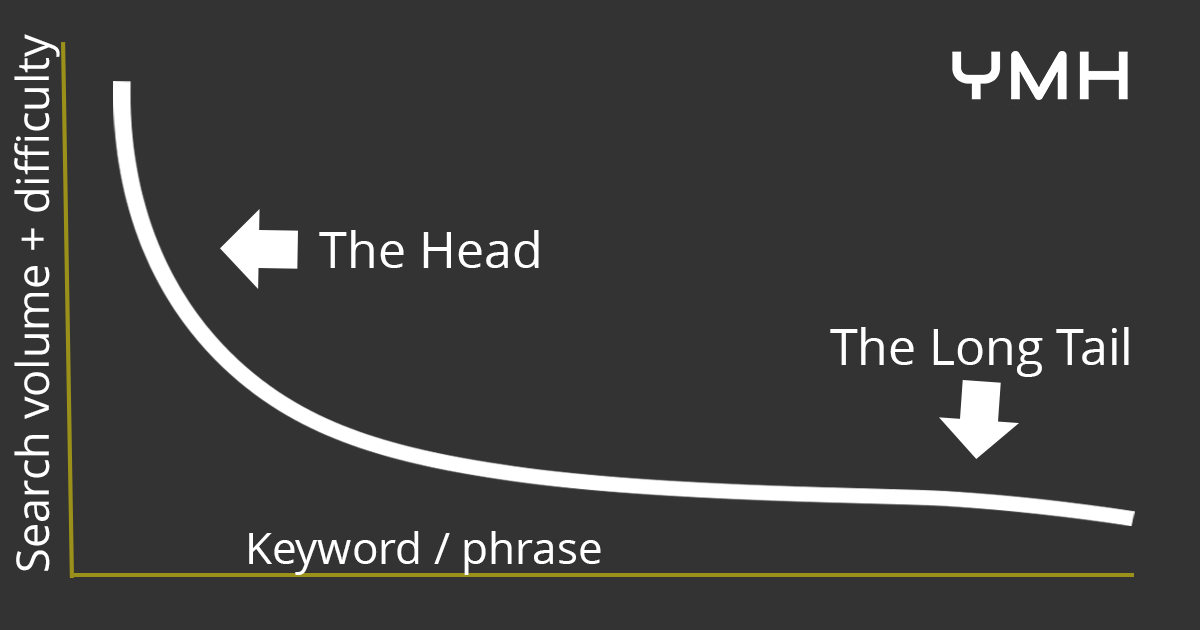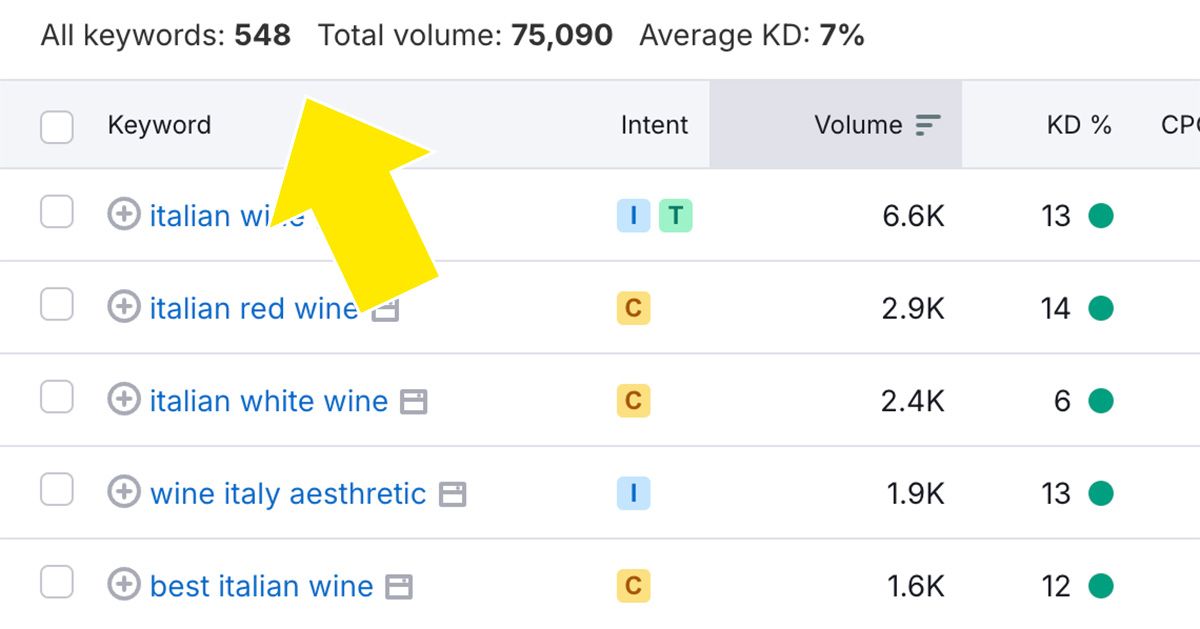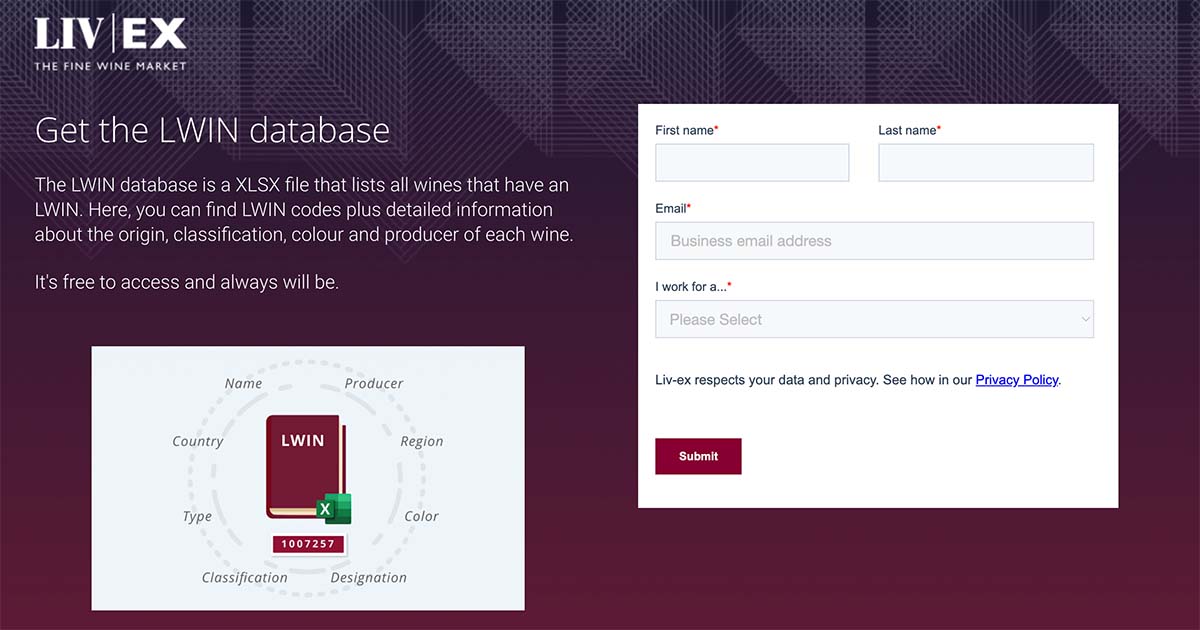Programmatic SEO for Bloggers
Discover how Programmatic SEO leverages AI to automate content creation, targeting long-tail keywords for enhanced organic traffic and topical authority.

Programmatic SEO uses automation and artificial intelligence to generate long-tail, keyword-rich blog posts and web pages meant to boost organic website traffic and improve a domain's topical authority.
Here is why programmatic SEO is helpful.
Bloggers have a problem. The best keywords —the succinct phrases folks type or speak into a search engine— are very competitive. Ranking for one of these popular terms is like climbing to the 29,029-foot-high peak of Mount Everest in winter wearing Chubbies shorts and flip-flops whilst carrying a poodle and a bottle of fine Italian wine. Not easy.

The Blogger's SEO Problem
For example, let's imagine for a moment that you want to start a wine blog. If you had your druthers, you would like to rank for the keyword "wine."
Unfortunately, the word "wine" had a keyword difficulty rating of 89 in August 2024, according to SEMrush, making it "The hardest keyword to compete for. It will take a lot of on-page SEO, link building, and content promotion efforts."

A blogger is not likely to land on the first page or even the first one hundred pages for this term.
The Long Tail
Chris Anderson popularized "The Long Tail" in a 2004 Wired magazine article. The article's subtitle was "Forget squeezing millions from a few megahits. The future of entertainment is in the millions of niche markets at the shallow end of the bitstream."
Essentially, Anderson viewed the "bitstream" like a distribution curve. For our purposes, at the deep end of the curve —called the head— we find "megakit" keywords like "wine." As it tapers off, a long tail forms at the shallow end.

Ranking in search engines for the keyword "wine" might generate tens of thousands of organic site visitors each month. If we make "wine" our target, we will have a significant SEO struggle ahead. Think scaling Mount Everest.
There is another way to get thousands of search visitors each month. Focus on long-tail key phrases related to wine.
In August 2024, SEMrush found 548 long-tail keyword phrases built around the stem "Italian wine." Collectively, these key phrases get about 75,000 monthly impressions in the United States and could send tens of thousands of site visitors to a wine blog.

If we also added two-word stems like "French wine," "Spanish wine," or "California wine," we suddenly have more than 2,000 very easy-to-rank key phrases and the potential to drive more than 250,000 monthly site visits.
Programmatic SEO
At first, our long-tail keyword strategy seems fantastic. We can actually generate more monthly site traffic ranking for very easy keywords and build a lot of topical authority, too. We just need to write 2,000 blog posts.
Just like that, we have encountered the blogger's second dilemma. A long-tail content strategy is hard to execute. We find ourselves back on Mount Everest's slopes carrying our wine and poodle, but now we also have a laptop computer. If we can write a blog post every day, we will be done in about five and a half years.
We need a way to automate —or mostly automate— our content creation process, and, in fact, that is precisely what programmatic SEO (pSEO) aims to do —dynamically create hundreds of blog posts and web pages.
pSEO Key Phrases
To describe our pSEO content process, let's focus on generating a series of geographic keyword phrases focused on wine regions in Italy. There are many of these, but here are a few examples.
- Italian wine Abruzzo,
- Italian wine Aosta Valley,
- Italian wine Basilicata,
- Italian wine Calabria,
- Italian wine Campania,
- Italian wine delle Venezie,
- Italian wine Emilia-Romagna.
pSEO Page Template
We want the web content for each keyword phrase to be identical in form, so we create a template of sorts. Here is a list of the items we might include on each page.
- Title — matches the keyword phrase.
- Meta description — a formulaic but descriptive explanation of the page content.
- JSON-LD — schema markup to help search engines understand the page's content.
- Short description — one or two paragraphs describing the region.
- Regional facts — a data table showing vinicultural data like the number of acres planted, the varieties of grapes grown, how many winemakers, or similar information.
- List of tasting rooms — a table showing wine-tasting rooms with a link and hours of operation.
- Long description — a few hundred words of copy.
- Resources — internal links that point to related content on the wine blog.
pSEO Data Sources
Each section of the template needs to have a data source. For example, some of the information for the "regional facts" section and the list of tasting rooms could be derived from a wine industry database.
- LWIN database — this free database has information on thousands of wines.
- Wine Industry Database — this one has free and paid options, and it includes regional data, addresses, and tasting room information.
- Wine-searcher API — includes information about individual wines.
- European Commission Agri-food Data Portal — provides detailed data from winemakers.

Generative AI could create sections like the meta description, short description, and long description.
For the meta description, the AI prompts could follow a specific pattern. For the two descriptions, you could ask the AI for a draft or an outline, depending on how you feel about AI-generated content.
pSEO Automation
The last step is to tie everything together with automation. Some bloggers might hire a web developer to connect the keyword list to the data source and so on. Others may use Zapier, If This Then That, or similar tools.
You can automate the entire process and have hundreds of blog posts ready in no time, or you can make the process nearly automatic and interject your personal, human touch as you see fit.
pSEO Site Structure
A final consideration is how to organize your blog. If we continue with the wine blog example, we might create a few page categories with similar templates and data sources.
- Wines by nation — Italian wines, American wines, etc.
- Regions within a nation — for example, Abruzzo or Aosta Valley in Italy and California and Washington in the United States.
- Grape variety — the specific type of grape.
Thus, a national wine page would link to its associated regional pages and grape variety pages. In turn, those pages would link back to the national pages, creating a logical and crawlable site structure.
Use pSEO
Bloggers have a couple of problems. First, it can be hard to rank for the choicest keyword phrases. Second, while ranking for long-tail keywords might be relatively easy, creating the copy for dozens, hundreds, or thousands of keywords is a massive undertaking.
So pSEO is a content and search optimization technique that uses automation, data sources, and generative AI to make creating long-tail content automatic or, at least, a whole lot easier.